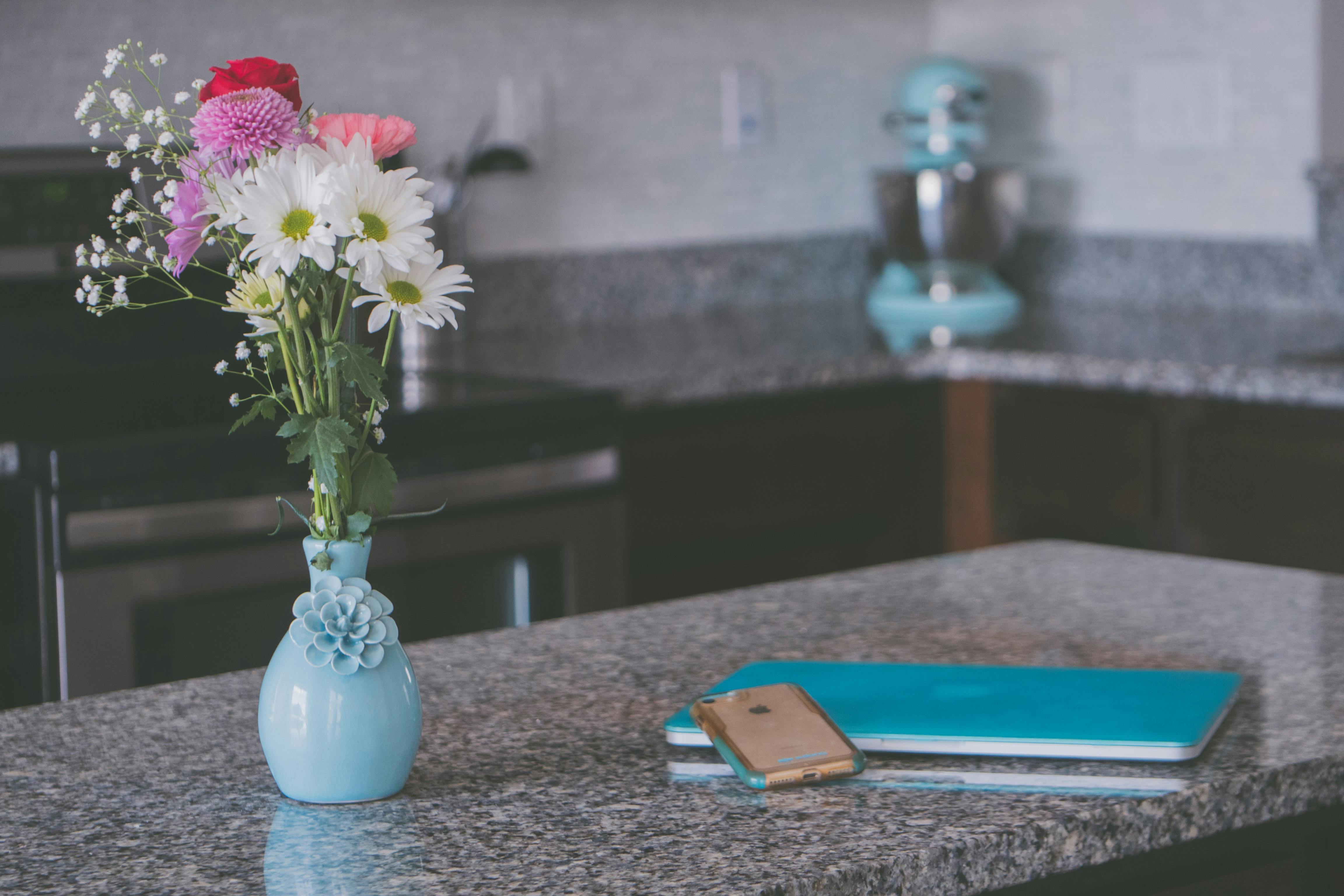There are a number of myths about stone restoration. It is important for people to be well informed when approaching any stone cleaning project. The following content works to investigate the details that will leave you confident that you are up to date with the required information.
Myth 1 states that vinegar will clean and disinfect any surface. Stones like marble, travertine, terrazzo, limestone, and even some granite will etch when in contact with acids like vinegar. These marks are, in fact, chemical burns when alcohol, ammonia, or acid comes into contact with the surface of the stone. It appears that the finish or shine has been removed from the surface of the stone and these marks simply cannot be cleaned. The stone needs to be re-polished or polished.
Myth 2 is that there is no reason to seal marble if the seal does not protect against acids. Sealers will not stop acids, ammonia, or alcohol, but it is still recommended to seal the stone with a penetrating sealer annually. Sealants are excellent against oil, grease, coffee, tea, etc. Sealers prevent non-acidic liquids and oil from penetrating the stone and prevent dark staining, which is important in areas such as cooktops.
Myth 3 is that new stone installed just two years ago does not need restoration. Natural stone, especially marble and limestone, reacts immediately to acids, ammonia and alcohol, so if orange juice is spilled on the marble within an hour of installation, it will need to be re-polished or polished. . Softer stones require more maintenance. Buildings may need monthly, quarterly, or yearly maintenance. Houses may need finishing after two to five years.
Myth 4 is that pressure washing is enough to clean exterior travertine, flagstone, slate, and granite. Pressure washing a natural stone is not a good idea. Natural stone requires a more delicate touch and pressure washing is too harsh for stone. It can erode granite, slate or flagstone surface; you can remove fillers in travertine and it will expose more voids; you can also remove the grout between the joints. If the exterior stone needs cleaning, use a damp mop or scrub with a soft brush using water and neutral cleaners.
Myth 5 is that restoring stone is a very dusty process. The restoration and maintenance of natural stone and tile is a wet process. consequently, little dust is generated and most companies cover all baseboards and surrounding areas.
Myth 6 is that only the grout needs cleaning; stone tiles look good. Many people request only grout cleaning, which is completely understandable. Dirt gets trapped and builds up in the grout lines over time and this buildup causes the grout lines to darken. However, to thoroughly clean the grout, you also need to clean the stone and tile. The best way to scrub stone, tile, and grout is by using a soft brush with an effective cleaner. This allows cleaning in all small crevices.
Myth 7 is that the only way to polish ceramic tiles is to put a coating on them. Many cleaning companies have resorted to constantly waxing, stripping, and re-waxing ceramic and porcelain tile to ensure the floor stays shiny. Applying a coating or wax to tile floors may seem less expensive at first, but when you add up all the maintenance involved (constant stripping and spray polishing), it becomes an expensive option. There is a natural, non-wax compound for grinding, polishing and restoring most unglazed ceramic, porcelain and quarry tile. This system gives the tiles a long-lasting finish and natural shine. It does not yellow or scratch and eliminates the need for constant waxing and stripping of tiles.
Myth 8 is that pure water safely cleans stone. Water alone does not clean stone. It just moves the dirt. Neutral cleaners are available that clean without damaging the stone.
Myth 9 is that you only need to refinish the affected tiles and that you don’t need to refinish the entire floor. When a glass of orange juice (or some other acidic liquid) is spilled in a large spot on a marble, travertine, or limestone floor, it’s often thought that only that area needs cleaning. However, when a surface is restored, the stone is thoroughly cleaned and then re-polished or re-ground. If only the four tiles in the middle of the floor are restored, those four tiles may not match the rest of the floor. It’s hard to blend those four tiles with the rest of the floor, especially since the entire floor will most likely have some embedded dirt, light scratches, and small etching marks. The entire area needs restoration to give a consistent and uniform finish.
Carefully consider the above information and you, too, may find that some aspects of stone restoration that you have always believed have, in fact, been wrong. It provides you with an insight into the field of stone cleaning and restoration.




